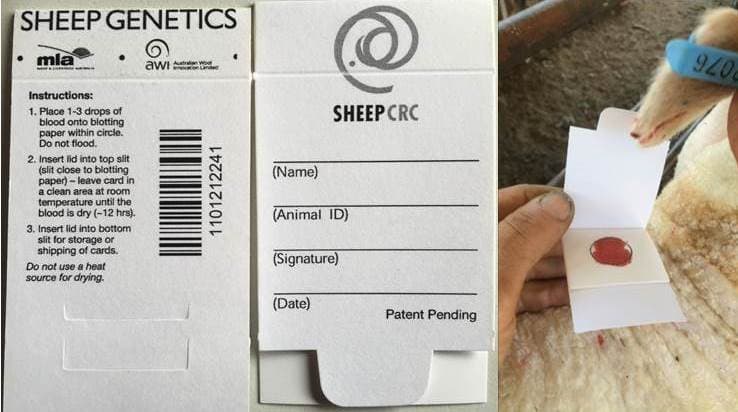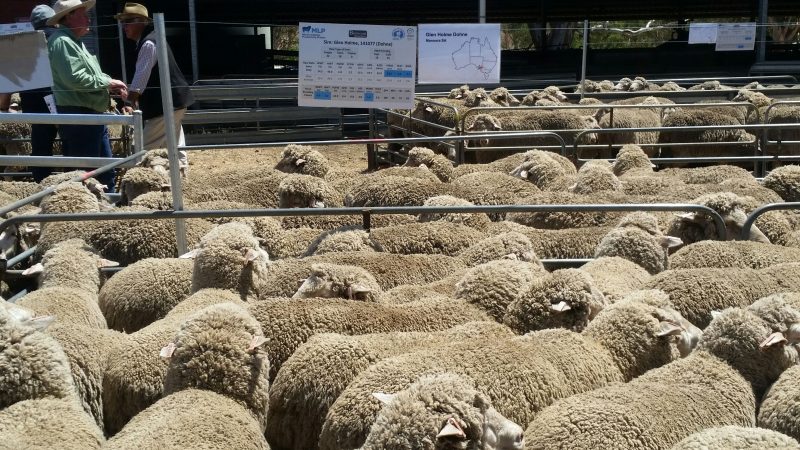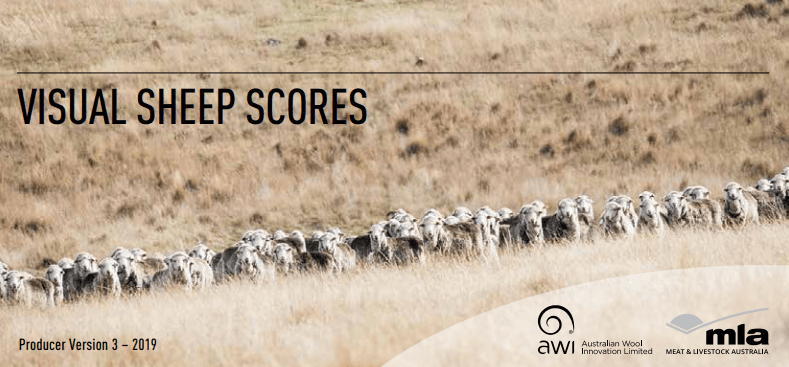May Newsletter 2020
Sign Up to receive Dohne Newsletters – Click Here
Sign Up to become a Dohne Member – Click Here
Full Newsletter – PDF Copy
Sheep Genetics Update
Sheep Genetics has made enhancements to the database and all data was rerun on April 21st.
Members are reminded that Percentile Band tables must be current when comparing data sets. A copy and paste of an old Percentile Band, in conjunction with current data is not acceptable and does not accurately represent that data.
Blood cards for Genomics : FREE TO SUBMIT
Breeders are encouraged to collect blood samples from key sires and dams and send to Sheep Genetics. Any sheep can be sampled, but those with tested progeny will yield more rapid genomic results for the breed. Individuals may not see results in the short term, but as a breed society we need to get the genomics to back up our current testing and ensure we don’t get left behind in the technology stakes. Allen Kelly is the contact for more information, his details are on the sidebar.
Please remember the $2 rebate provided by the ADBA for those of you who wish to contribute to the Genomics collection.

Dohne shows the value of growth and fertility in MLP trial at Balmoral.
The 2016 drop ewes have weaned their second drop of lambs at this MLP site in Western Victoria. There are 25 Sires in this evaluation.
For the second year in a row, the Dohne entry topped both the weaning rate and weaned weight per ewe joined. The daughters of the sires that ranked 2nd and 3rd at first joining failed to rank in the top 3 for the second joining.
What has become clear is how little wool production has been forfeited to gain such a large increase in carcase production as compared to the other 24 Merino or Poll Merino sires evaluated in that trial. The site average for clean fleece weight of 11.2 kg from 4 shearings at around 17 microns was only 1.2 kg more and 0.3 microns less than the Dohne entry, Glen Holme 141077.
The weaned weight of lambs from the Dohne were 23.8kg and 29kg for the two drops while the Merinos averaged 18kg and 21.8kg. The year-on-year increases in average weaned weight of lambs were partly attributed to ewe age (maiden vs 3-year-old) and seasonal conditions. The Dohne weaning rates of 97% and 123% significantly outperformed the average of 72% and 93% for the first two drops of lambs from the project’s ewes.
Based on the most recent results, the increased weight of lamb weaned was 7.2kg above the average. With the current lamb carcase price around $8-$9/kg, and at less than 50% dressing percentage, there was an increase in value of more than $28/ewe joined. The Dohne ewes cut 0.4kg less wool than the average of the group (Clean Fleece Weight), valued at $6.93/ewe (April market 17micron wool price). The increase in lamb weaned far outweighs the value of lost wool production. This is even before the extra number of weaners is factored into the equation, each also producing a fleece.
This Merino Lifetime Productivity trial has a few more years to run and will be of enormous benefit to the Australian Sheep Industry. If producers implement the findings, there is a real possibility of increasing returns from a woolled sheep enterprise that also specialises in the wether lamb trade by 10 to 20%.
These results and this comparison are specific to Glen Holme 141077 and it should not be interpreted that this is representative of all Dohne sires. Trial data is quoted from March 2020 AMSEA results.

Visual Sheep Score (VSS) Booklet
An updated VSS booklet has just been released.
Dohne ram breeders, ram buyers and Dohne sheep can get a great deal of value from the booklet. For example, critical Dohne type traits such as Body and Breech Wrinkle are described to an industry standard. Just understanding the language is very useful however ram breeders scoring and submitting this data to the Dohne Database can be a huge benefit to your sheep, you’re flock and the Dohne type.
There is absolutely no cost if you’re already electronically submitting data to the Dohne database.
When your scoring remember you can record half scores. You don’t need to adjust for different situations. Score your sheep just as you see them.
If you want to see the booklet on the web – Click Here
Allan Casey











 Facebook
Facebook YouTube
YouTube Instagram
Instagram